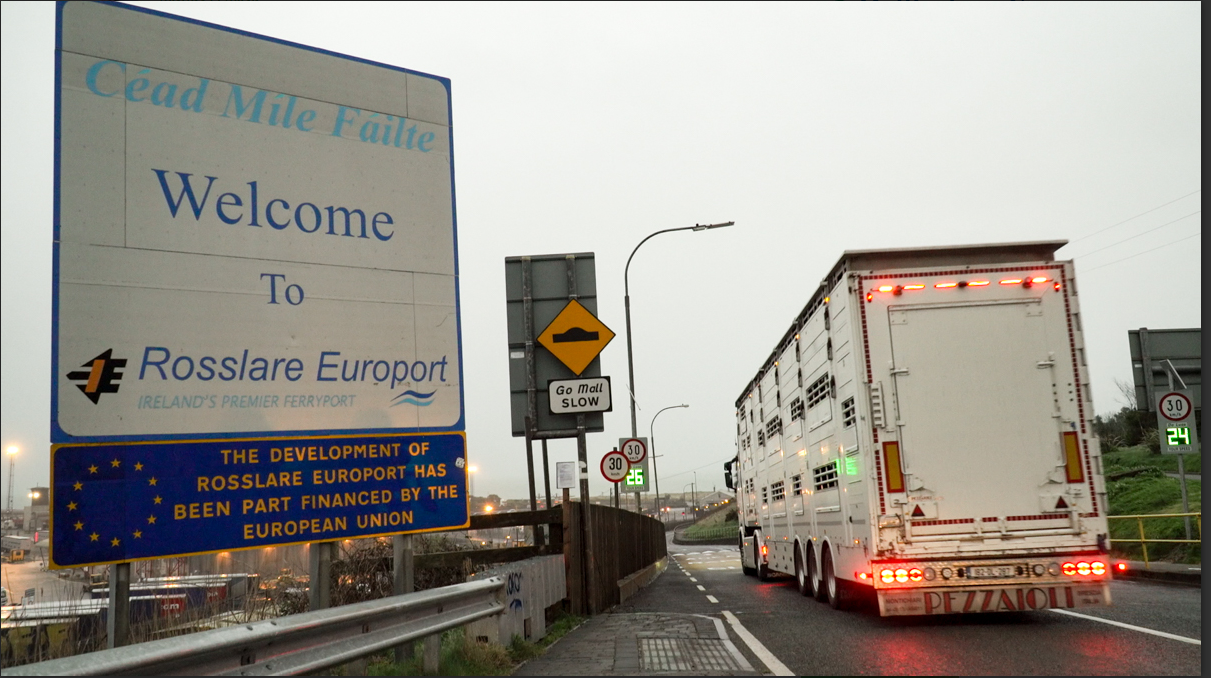Total Irish calf exports are currently running 50,000 head behind 2019 levels, according to recent figures published by Bord Bia.
When the first 24 weeks of 2019 are compared with the same timeframe for this year, we see that the number of calves exported is running 50,326 head (over 32%) behind 2019 levels.
In the first 24 weeks of 2019, a total of 181,631 calves had been exported from Ireland. As of June 20, this year, that figure stands at 131,305.
Despite this, this year’s calf export levels are up 2.5% on last year’s figure to date, of 128,130.
The effect of high levels of calf exports in 2019 is being felt in the beef industry currently with Agriland reporting this week that the national kill figure is now over 60,000 head of cattle behind last year’s figure.
Impact of calf exports on cattle prices
Traditionally, beef farmers tend to welcome news of high calf export levels as it reduces the number of beef cattle on the ground in 24-months-time, tightening the supply.
This creates more competition among factories for cattle, giving rise to a situation where a price increase may be on the cards.
Let’s take a look at where changes in the calf export market are being witnessed over the past three years:
2019 2020 2021 Spain 63,727 53,928 54,279 Netherlands 82,747 48,426 46,207 Italy 16,087 9,261 15,863 Northern Ireland 3,875 6,372 8,892 France 6,857 2,805 2,388 Belgium 2,882 4,044 1,948 Poland 5,014 3,107 958 Hungary 49 – 763 Other 393 187 7 Total 181,631 128,130 131,305
As the table above indicates, the three key markets (the Netherlands, Spain and Italy) for Irish calves have all dropped considerably on 2019 levels, with Spain and Italy bouncing back on last year, while the Netherlands market has continued to drop.
The effect of a reduction in calf exports last year will likely be reflected in kill figures from spring 2021 onwards.
